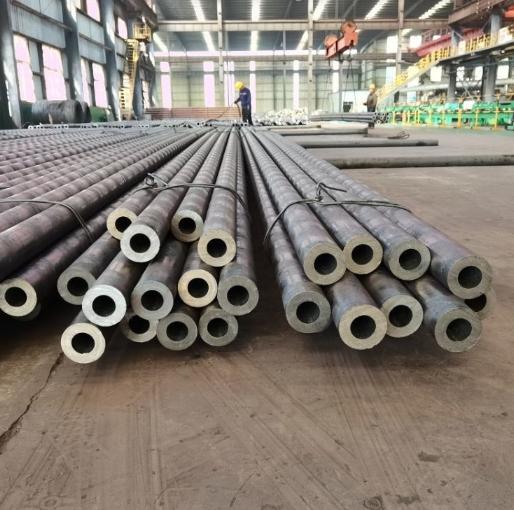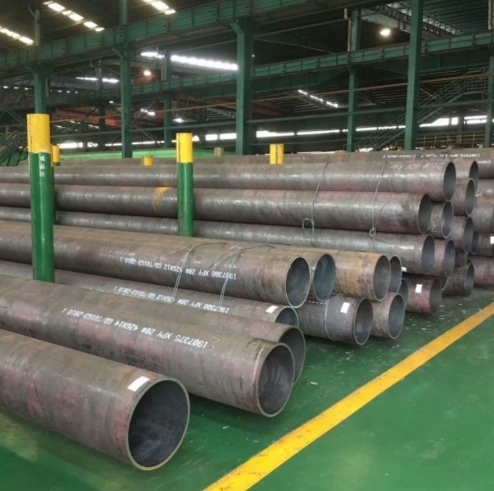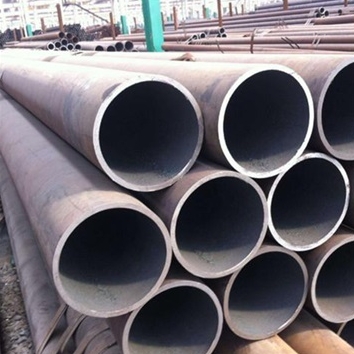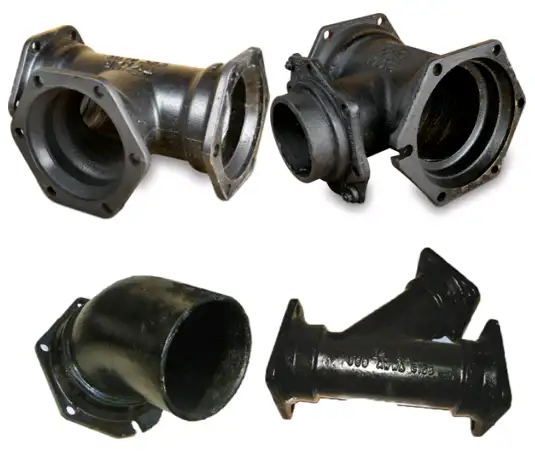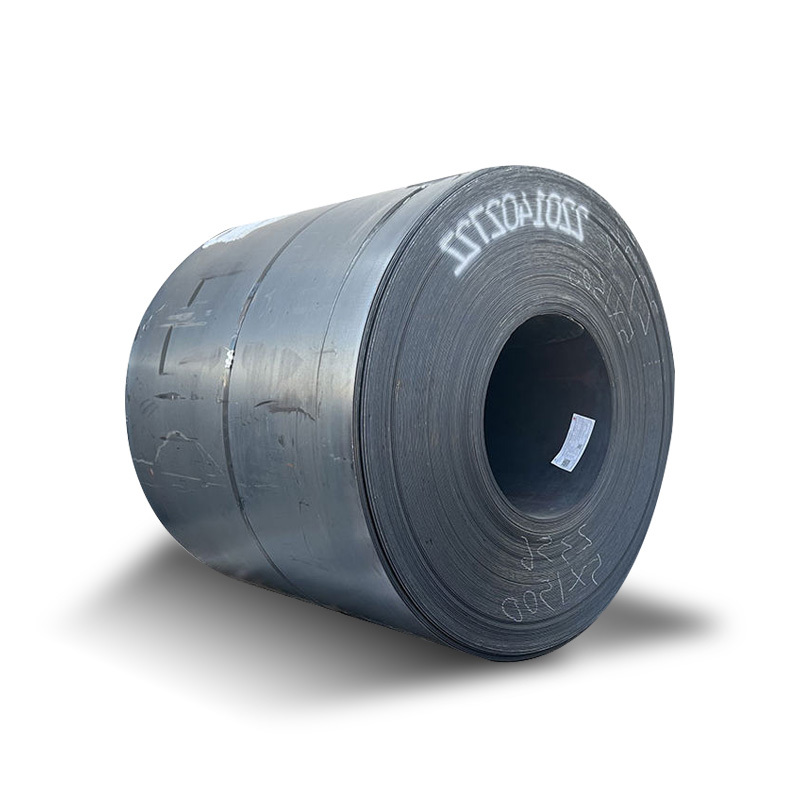Why Carbon Steel Pipe Sleeves Are Essential in Industrial Systems
Carbon steel pipe sleeves are cylindrical protectors wrapped around pipes to prevent corrosion, reduce thermal loss, or repair damaged sections. Unlike basic wraps, they’re structural reinforcements used in oil/gas, HVAC, and wastewater systems.
Real Impact: At a coastal power plant I worked on, carbon steel sleeves extended corroded seawater pipe lifespans by 8 years. Their cost? Just 12% of full pipe replacement.
Carbon Steel vs. Stainless Steel Sleeves (Comparison Table)
Choose wisely based on your project’s needs:
| Factor | Carbon Steel Sleeves | Stainless Steel Sleeves |
|---|---|---|
| Cost | 18–18–35 per foot | 50–50–85 per foot |
| Corrosion Resistance | Requires coatings | Built-in chromium defense |
| Thermal Conductivity | Higher (needs insulation) | Lower |
| Best Use Cases | Buried pipes, budget repairs | Chemical plants, marine zones |
Source: NACE SP21430-2023 Corrosion Control Standards.
⚠ Warning: Never install uncoated carbon steel sleeves in acidic soils—they’ll corrode 3x faster than protected ones (ASME Journal, 2023).
5-Step Guide to Installing Carbon Steel Pipe Sleeves
Follow this field-tested method for leak-free results:
- Measure Precisely: Record outer diameter (OD) with a π-tape – sleeves need 1/8″–1/4″ clearance.
- Prep Surfaces: Sandblast pipes to SSPC-SP10 near-white metal finish.
- Apply Anti-Corrosion Coatings: Use coal tar epoxy (CTE) for buried pipes, zinc-rich primer for exposed.
- Weld Strategically: Tack weld every 120° to minimize warping (skip this for slip-on sleeves).
- Pressure Test: Hydrotest at 1.5x operating pressure for 2 hours.
Pro Tip: I once saved a refinery $73K by using split-sleeves on live steam pipes without shutdowns.
Top 3 Sleeve Failures (And How to Avoid Them)
Carbon steel pipe sleeves backfire when installed carelessly. A Texas oil rig’s sleeve joint failed after 6 months because:
- Poor Weld Penetration: Use 6010 rods for root passes in thick sleeves.
- Ignoring Thermal Expansion: Leave 0.2% sleeve length gap for every 100°F temp rise.
- Wrong Coating Thickness: Apply 16–20 mils DFT (dry film thickness) for CTE coatings.
Quick Fix: For emergency leaks, use Belzona 1111 composite sleeves – sets in 15 mins!
When to Use Carbon Steel Sleeves vs. Full Pipe Replacement
Let’s be real – sleeves aren’t always the answer. They work best when:
- Damage covers <40% of pipe circumference
- Operating pressure stays below 800 PSI
- Budget is 60% less than replacement costs
Case Study: A Canadian utility avoided $490K in replacements by sleeving 2 miles of aging district heating pipes.
Coating Technologies for Maximum Sleeve Longevity
Bare carbon steel sleeves rust fast. Pair them with these armor upgrades:
- 3LPE Coating: Triple-layer polyethylene resists 99% of soil microbes (perfect for buried pipes).
- FBE Coatings: Fusion-bonded epoxy handles up to 300°F in refinery settings.
- Galvanizing: Zinc coatings last 50+ years in dry environments.
Fun Fact: Properly coated sleeves can outlive original pipes by decades – talk about a glow-up!
Checklist: Pre-Installation Must-Do’s
Before welding carbon steel pipe sleeves:
✅ Confirm sleeve material matches base pipe grade (ASTM A53/A106)
✅ Verify coating compatibility with operating temperatures
✅ Stock Class B (+/- 1/16″) fit-up clamps for alignment
✅ Calculate thermal growth gaps using ASME B31.3 equations
✅ Schedule post-installation UT thickness scans
Final Take: Carbon steel pipe sleeves are the duct tape of industrial piping – versatile, rugged, and cost-effective. Whether you’re patching a pinhole leak or upgrading decades-old infrastructure, these guardians blend strength with smarts. Just remember: A sleeve without proper coating is like a raincoat made of mesh. Do it right, and your pipes will thank you with decades of service. Now go armor those pipes!



